#fritz lieber
Explore tagged Tumblr posts
Text
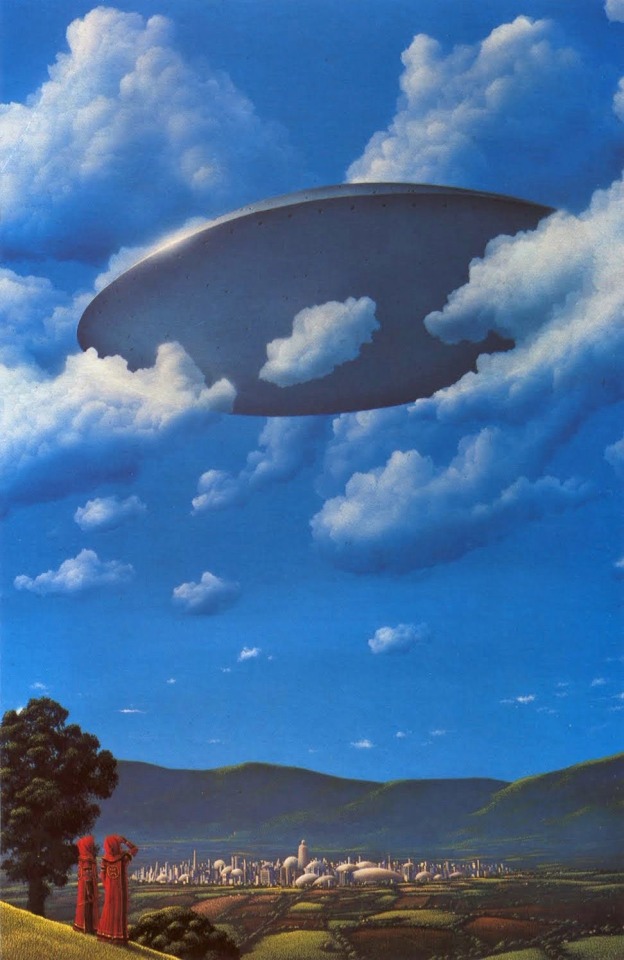
Art by Tim White for Gather, Darkness! by Fritz Leiber (1979)
1K notes
·
View notes
Text

Page from Fafhrd and the Grey Mouser Book 4. 1991. Art by Mike Mignola and Al Williamson.
#marvel comics#epic comics#dark horse comics#fafhrd and the gray mouser#fritz lieber#howard chaykin#mike mignola#al williamson
27 notes
·
View notes
Photo
The reprint collection is like $22 on Amazon. Get it. It’s totally worth it.










some artwork from Fafhrd and the Gray Mouser by Mike Mignola, with Inks by Al Williamson, Colors by Sherilyn Van Valkenburgh, Letters by Bill Oakley and a Script by Howard Chaykin that was adapted from Fritz Lieber’s original work.
#fafhrd and the gray mouser#mike mignola#al williamson#howard chaykin#fritz lieber#Sherilyn Van Valkenburgh#Bill Oakley#Master Class#Comics#Art#Illustration
245 notes
·
View notes
Text
Do you love Barbarians, Brutes, and Babes?
Do you love Barbarians, Brutes, and Babes?
Then you’ll want to check out our latest release. After years of reading classics like Swiss Family Robinson, The Time Machine, and Mutiny on the Bounty, I came across my first piece of genre fiction, hidden behind other books in the school library. And that book, was Conan of Cimmeria, a collection of short stories written by Robert E. Howard. I fell in love with the action-adventure / sword…

View On WordPress
#action#action adventure#action adventure fiction#action adventure romance books#action fantasy#action fiction#Action Thriller Fiction#adventure#axe#damsel#fantasy#fritz lieber#litch#magic#michael falciani#michael moorcock#mystery#robert e. howard#simon r. green#sword and sorcery#swords#wizard
1 note
·
View note
Text

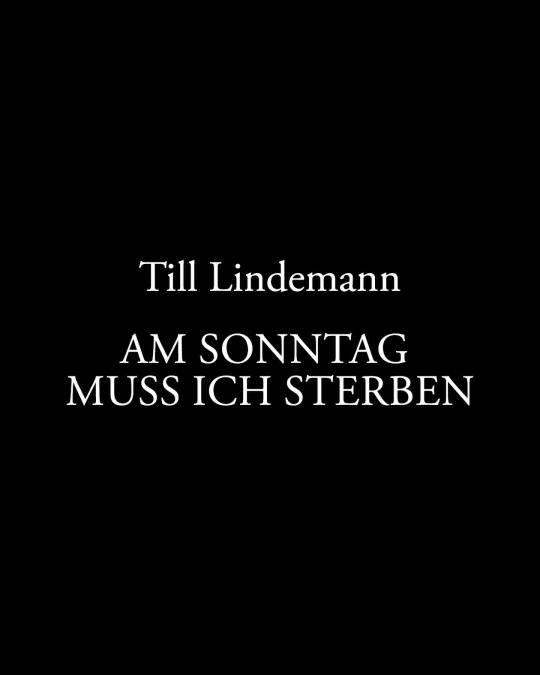
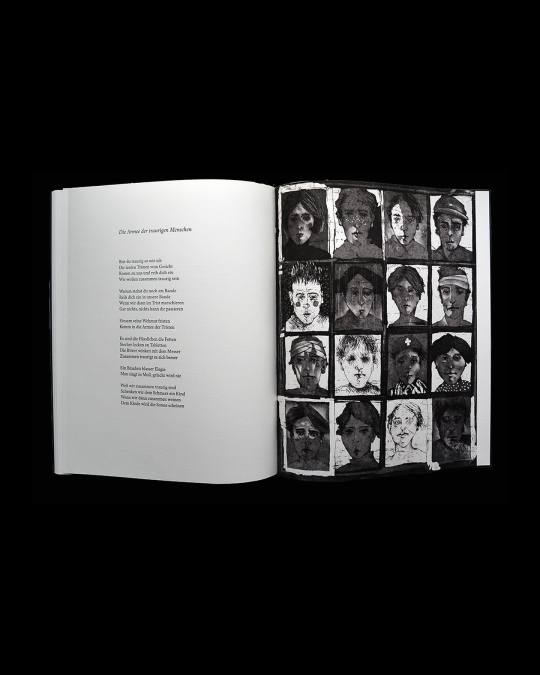
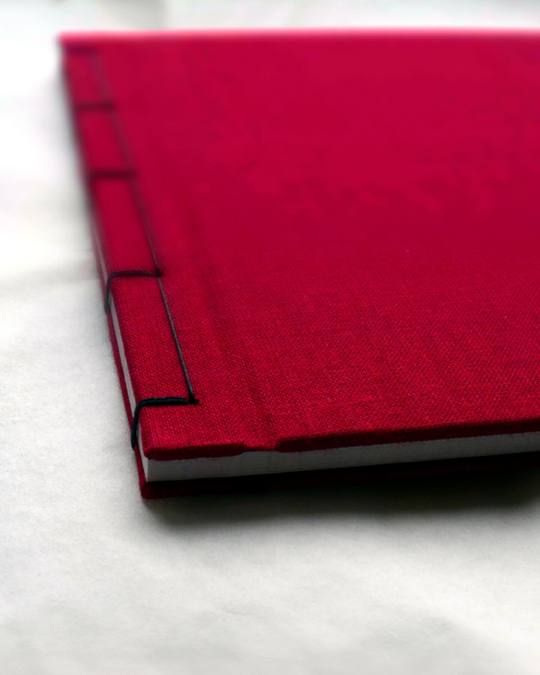
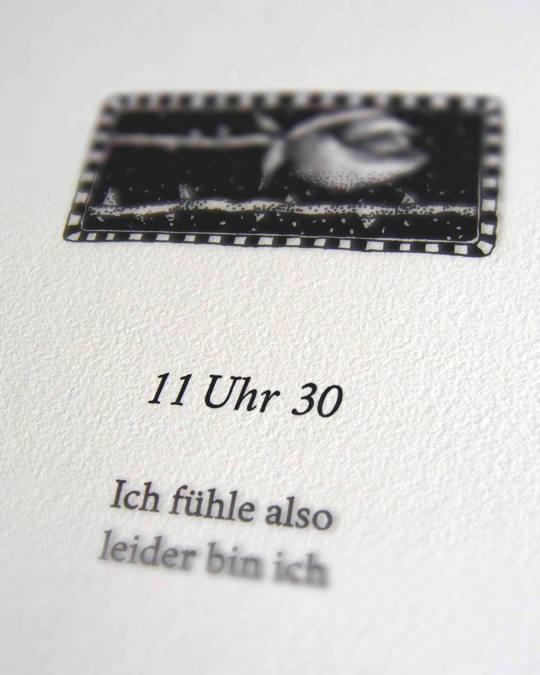

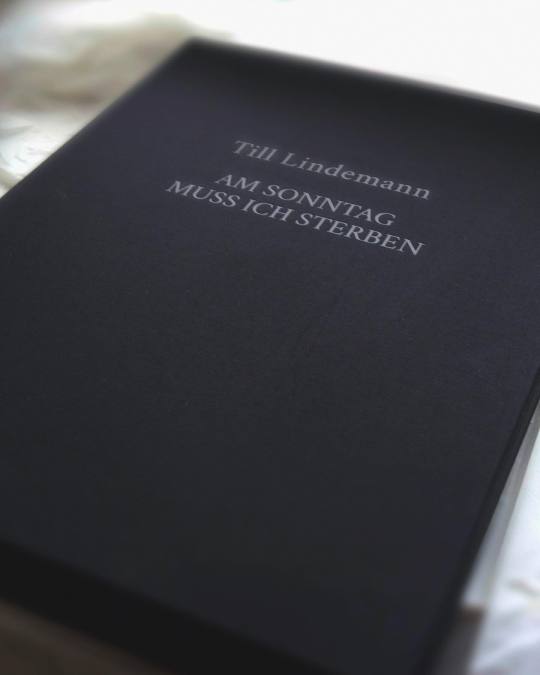
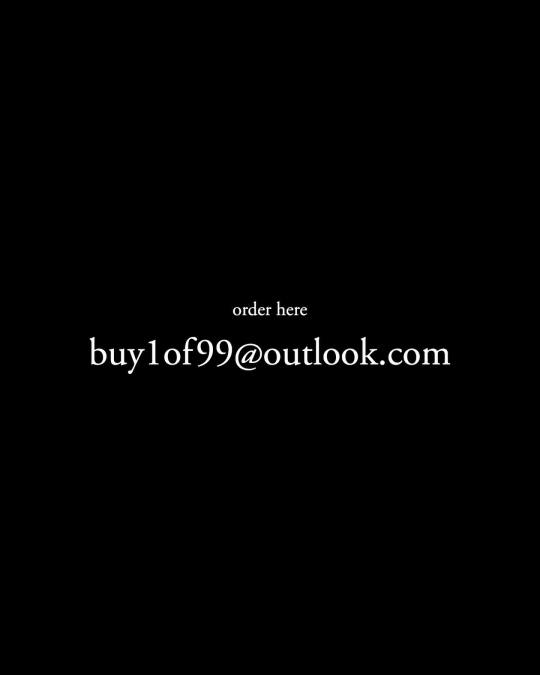
The book is really expensive but for those who can afford it !! It's a work of art 😍 @ till_lindemann_official
Art Book 𝘈𝘮 𝘚𝘰𝘯𝘯𝘵𝘢𝘨 𝘮𝘶𝘴𝘴 𝘪𝘤𝘩 𝘴𝘵𝘦𝘳𝘣𝘦𝘯
37 poems by Till Lindemann, illustrated with 15 bound original etchings by Bodo W. Klös. 68 pages handmade paper, thread binding and hardcover in large format. The book is housed in a decorative box (approx. 40 x 50 x 6 cm) with an additional, removable etching in a separate folder. The cassette and the portfolio are covered with dark linen. Each book contains a fragment of the original etching plates.
Another book in small format is inserted into a recess in the bottom of the cassette. The book entitled: „Lieber Fritz, nimm meine Hand“ contains unpublished verses that Till Lindemann wrote to his grandson in 2012 and illustrated himself.
The edition is limited to 99 numbered copies signed by the author and illustrator.
12 copies labelled e.a. I - XII will not go on sale.
To purchase a copy of the book, send an email to the following address: [email protected]
More Information: www.tlartbook.blogspot.com
61 notes
·
View notes
Text
Sind denn jetzt alle abgedreht?

NICHT DER AMPEL DISSTRACK!
#german stuff#alle lack gesoffen#marco beatsman feat. straßenjunge#guckt euch lieber nicht Fritze mit Sonnenbrille an
809 notes
·
View notes
Text
im traum (gurkensuppe)
im traum zähl ich die stückchen der gasleitung prinzessin alice küsst ihren fritz (gurkenpreise explodieren) die leute im boot sind alle schon tot eine ungeschälte gurke gewaschen und abgetrocknet in groben würfeln im topf mit etwas öl angedünstet mit einem guten halben liter salzwasser aufgießen halbe stunde köcheln lassen pürrieren sojasahne und kresse hinein oder sahne und krabben selbst meine träume sind eskapistisch ich werde lieber gekörnte brühe nehmen
9 notes
·
View notes
Text
Azathoth, perhaps the first NAMED cosmic character to appear in Lovecraft's fiction, is generally interpreted by fans and students of his works as a physical entity not unlike all his others. He is often illustrated as a bundle of tentacles or just a demonic grimacing face floating in outer space. Certainly Lovecraft used a variety of language to reference Azathoth, including frequent alternatives like 'Chaos'. Some of the discriptions are more 'poetic' and probably meant as 'Traditional' names than others. Early on Azathoth is cited as "The Daemon Sultan", possibly meant as a translation of a name given to him by someone of 'Arabic' origins. Abdul Alhazred, being a likely origin for the 'Sultan' reference. In later stories and the FUNGI FROM YUGGOTH sonnets, AZATHOTH particularly, the idea that Azathoth is more than an isolated physical entity is unquestionably posed by Lovecraft. One might bristle at the apparent inconsistencies, but one only need look at the similar diverse and illogical concepts of "God" in traditional Christian art, and scripture, to see that such is nothing unique. Writer Fritz Lieber was perhaps one of the first to recognise that HPL meant Azathoth to be more than purely a leader among demons. In one of his early essays on Lovecraft Leiber Jr states that HPL conceived Azathoth ultimately as "GOD". Even Derleth in a letter to Clark Ashton Smith admitted that Azathoth was the ultimate source of all the other fictional entities, including Cthulhu. Despite knowing this Derleth went on to structure the Cthulhu Mythos as Cthulhu- Centric. (Exhibit 489)
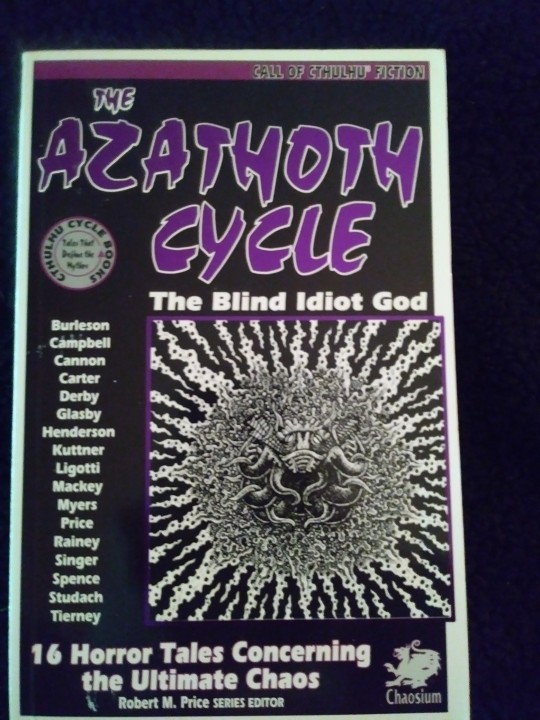
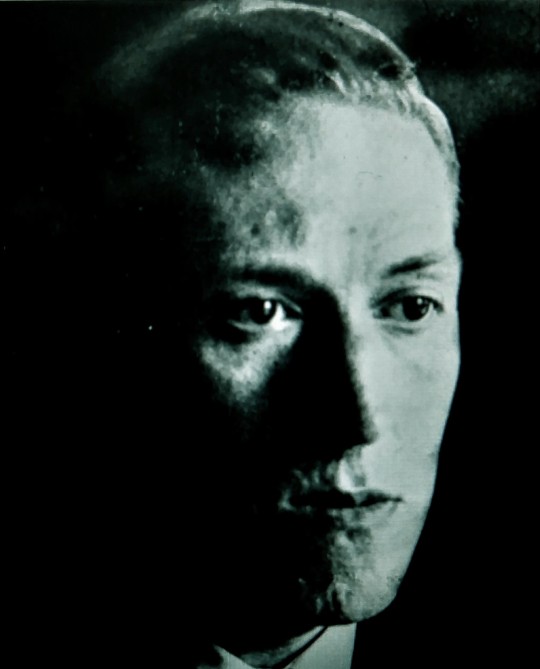
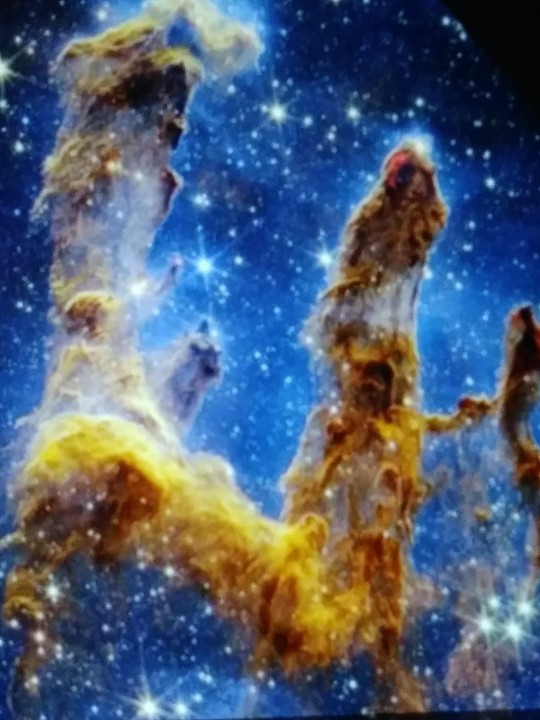
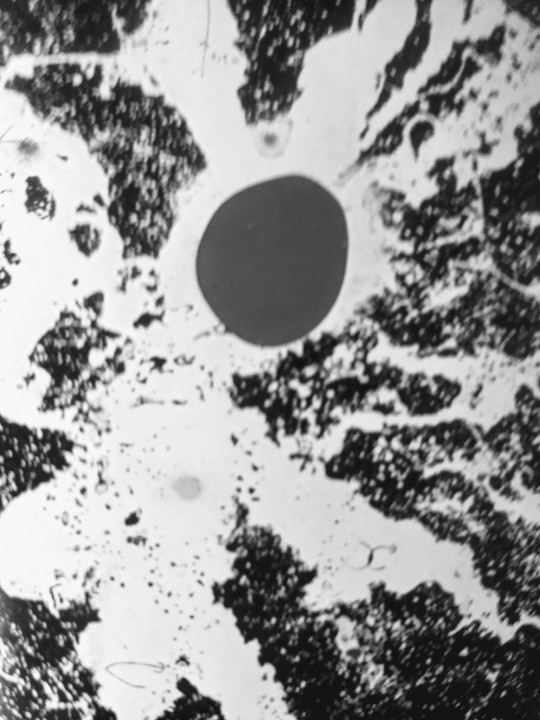
12 notes
·
View notes
Text
liebes deutsches Tumblr:

#just german things#germany#german lore#poll#club mate#student life#studi leben???#ich möchte das gerne wissen#deutsches zeug#ich bin mate liebhaber btw
2 notes
·
View notes
Note
"Send me the title of a book you enjoyed"
me, immediately: I've Never Read A Book In My Life Ever
Ok so I'm going with The Prisoner of Zenda by Anthony Hope, because it amuses me that the Victorian equivalent of Booktok slop is now a Beloved Classic. I hope that never happens to ACOTAR.
I love The Prisoner of Zenda so much, is the thing. Also you're getting three books, because first off there's:
The Henchman of Zenda, K.J. Charles - which is a romance novel about Rupert of Hentzau, and it kicks ass
And now for the proper other-genre recommendations! Here's two for you:
Swords and Deviltry, Fritz Lieber - since we're looking at the delightful category of "classics which were in their day kinda trashy," this is the first collection of stories about Fafhrd and the Grey Mouser, who stand alongside Conan the Cimmerian as the orignal big-time swords-and-sorcery heroes (and then after that if you want something that Actually Has Women, read Jirel of Joiry by C.L. Moore
Adventures in Unhistory, Avram Davidson - Davidson was an amazing SFF author, but this one's a non-fiction book in which he goes through various mythical figures and fantastic creatures and does his best to trace them all to some kind of real-world origin. I don't know how good his scholarship is, it's been some time since I read it, but his writing is incredible, and it's a really engaging piece of work.
2 notes
·
View notes
Note
sampled that guy's book (Disch's) and he's very much a "TV HAS ROTTED AMERICANS' MINDS AND WILL MAKE THEM INTO FASCISTS" type midwit boomer with very little to to say
so it's kind of funny how fanatically he keeps on jumping down to suck Gene Wolfe's dick just for writing an Guy With Sword book with good prose & unclear coherency
also apparently in the early 80s Wolfe's romishness wasn't known. so Disch thinks he's an Anglican.
Disch was published in New Worlds and very consciously belongs to the same group as Moorcock and Ballard (and I guess Brian Aldiss, who retained a very fannish appreciation for older sf) - who were quite polemically seeking to drive a wedge between New Wave sf and the stuff that came before it. I think Disch is more charitable than Moorcock was in 'Starship Stormtroopers' but the motivation is similar.
I would agree with his assessment (in the first chapter, which is all that I read, so we are both throwing half the facts at each other here) that the majority of sf is compensatory power fantasies written by and for lower and lower middle class machinists and technicians, and with his modifying statement that the resentments and power fantasies of the lower classes are not in themselves bad things, and his further modifying statement that when these resentments and desires remain unconscious they can be exploited by unscrupulous actors.
I would disagree with his decision to then seek new forms within sf entirely, or to seek to 'mature' the genre by hoping to attain credibility in the eyes of the Academy and become 'real literature'. Given I'm not an sf writer of the 70s, I have no motivation to create a break from what came before, and I don't think such a break is tenable in the US (in the UK, maybe) - most of the Golden Age authors became editors, publishers, teachers, encouragement to the subsequent US New Wave. There was a direct continuity in the field.
His extremely pessimistic and elitist take that Americans have become beholden to new cultural tech (as though each text has a definite, singular reading which not only can be found by readers but will necessarily be unconsciously absorbed by them with no breaks or slips or contestations) is unfortunately the source of much of what I enjoy about his fiction (particularly 334) - that detailed study of sociological changes '5 minutes into the future' using all the best techniques of 19th-century french realism and an inductive spooling out of the possibilities of current tech. I can't dismiss it off-hand.
It is also very funny to me when people who would cry horror at Robert Howard or Fritz Lieber or Jack Vance or whoever love Gene Wolfe because he makes Joyce references and so 'redeems' what is otherwise a fantastical sword-and-sorcery tale. Disch was raised Catholic and became an atheist so it's a shock he wasn't hyper-aware of Wolfe's Catholicism. He's not hiding it.
5 notes
·
View notes
Note
Hi. First, let me butter you up with dumb formal compliments. I think you're one of the smartest individuals i had the luck of gazing upon online. Truly, I wish i could make your acquaintance and have a conversation with you. Hope your ego feels properly buttered.
Second. Do you have any tips for someone that has been reading a lot but mainly trashy low-brow books how to breach towards actually good content? I like reading more than any form of content consumption but i feel like I'm doing the same thing as marvel slop marathons but with paper instead. I know i could read something with actual meaningful content but just like someone who's been eating Chick-fil-A for lunch everyday it's hard to bring oneself to consume actual decent meals at first, y'know?
Well, consider me thoroughly greased up
Anyway, sorry for the wait; saw this earlier just as I was heading to work
So my go-to for high-density brain candy is Gene Wolfe's bibliography, but you did ask for not getting thrown into the deep end. To the best of my recollection, his short story anthologies are a lot more digestible; his novels you should probably work your way up to.
Jack Vance's novels (I've gushed about the Demon Princes before) tend to be pretty fun and engaging without the, uh, proclivities that certain classic Fritz Lieber-esque authors of classic genre fiction tend to indulge in. Lovecraft and Howard likewise, if you don't mind purplier prose and the occasional bout of astounding racism (in Howard's defense, the biggest example was from a rough draft novel he never published in his lifetime).
The Hyperion Cantos does a great job of easing you into a really dense and interesting setting, via a first-book structure built to evoke the Canterbury Tales in space. It's a really fantastic read, the author's evident desire to take 19th-century English poet John Keats to pound-town notwithstanding, but as always I have to advise you to never, ever read the second duology. There are two books in the series, and that is how it should be.
I also think the Spiral Arm series has a good interplay of character building and worldbuilding in a vast, alien setting, and this one I can actually recommend the whole series. Unfortunately I didn't really click with any of the author's other work, but that might not be the case for you.
Dune is a step between, say, Book of the New Sun and a modern work in terms of having a bit more action and more digestible prose and pacing, but it's still a very slow, dense and weird read about alien and somewhat repellent characters in an alien and somewhat repellant setting by most standards. The same is true of what I'd characterize as its fantasy counterpart, the Second Apocalypse series by R Scott Bakker. The Sun Eater series by Christopher Roucchio, in that respect, can be thought of as another step down from the Tower of Weirdness and should go on your "sooner but not immediately" list.
Whom Gods Would Destroy and Bathwater are both trippy Weird Fiction works that I take the chance to shill whenever I can, but the former in particular goes up on your "work your way up to it" list
David Drake's works are more conventional sci-fi and fantasy tales, but there's more to bite into than you can expect from typical pulp or modern works. These might be a good starting point. Likewise for Eric Nylund's (yeah, the guy who wrote the good Halo books) A Game Of Universe, a Grail Quest story in a sprawling sci-fantasy setting starring a mind-stealing assassin.
I'll probably self-reblog a half dozen times as more suggestions spring to mind
5 notes
·
View notes
Text
Do you believe?

Happy to find this from the Netflix🙏. Night of the Eagle is a 1962 British horror film directed by Sidney Hayers. The film was retitled Burn, Witch, Burn! for the US release.
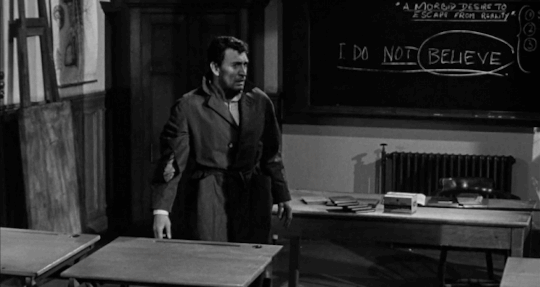
Another (Low budget) film Weird Woman (1944) is also loosely based on Fritz Lieber’s 1943 novel called Conjure Wife. Leiber’s novel was first published in 1943, and has become the inspiration for several other films including the British film Night of the Eagle (1962) and the American comedy Witch’s Brew (1980).(Greene 2018, 84.)
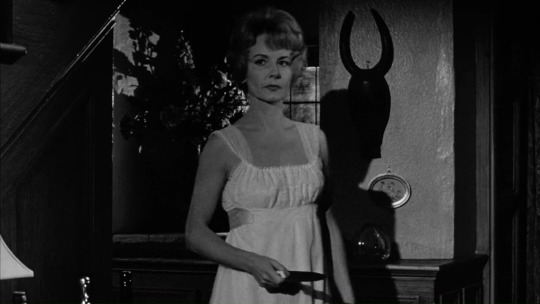
🦅”When we first meet the professor (played by Peter Wyngarde), he is intoning the words “I Do Not Believe” as he inscribes them on a blackboard for his students, the objects of his disbelief being the supernatural, witchcraft, superstition, and the psychic, all of which, he says, demonstrate “a morbid desire to escape from reality” which can only exist in an atmosphere of belief. After nailing his colours to the mast in such uncompromising fashion, it is quite clear that Professor Taylor, like his fellow sceptic Dr. John Holden in Night of the Demon, is well on course for a rude awakening. (Exshaw 2007.)”

⭐️⭐️⭐️⭐️I loved this movie in so many ways. First of all it presents many of my❤️ subjects: Elitism - Psychiatry & Realism vs. Primitive Superstition, and there are a lot of questionable gender & culture issues i.e. a lot of things to study🙂Visually stunning!

🕷️Night of the Eagle depicts the use of charms or supernatural powers in an “everyday” environment and juxtaposes it with a rationalist view which is questioned during the progress of events. Freud developed the notion of the ‘unheimlich’ as a source of fear: something uncanny or ‘unhomely’ – the familiar made strange.(Botting 2013.)

“a remarkably effective piece of trickery considering the date of the film and its obviously limited resources. (Exshaw 2007.)”


Sources
Greene, H. 2018.Bell, Book and Camera: A Critical History of Witches in American Film and Television
Botting, J. 2013. Why I love... Night of the Eagle. https://www.bfi.org.uk
Exshaw, J. (2007). Night of the eagle. The Irish Journal of Gothic and Horror Studies, (3), 107-108.
Spoiler Alert in Trailer!🚨
youtube
#witch#witchcraft#movies#witches#horror film#cinema#horror#film#psychology#psychoanalysis#great britain#Youtube
3 notes
·
View notes
Text

A Spectre is Haunting Texas by Fritz Lieber
Cover by Richard Clifton-Dey
2 notes
·
View notes
Note
🖼 my favorite types of characters!

I love the rogues and warriors, especially those who are always down on their luck but striving to do the 'right' thing. Sometimes it's honorable work, sometimes it's the nice guy, and sometimes it's just right by them. Heroes for hire and thieves with a heart of a gold but a mind to be taken care of.
These two are always some of my favorites, Fafhrd and the Gray Mouser by Fritz Lieber (this art is by Mignola which is by far my favorite artist/writer as well).
@safrona-shadowsun
1 note
·
View note
Text
Ach, Fotzen Fritz, Leute wie du sind die ersten, die sie ins Lager stecken, wenn du deinen Zweck erfüllt hast, und den Faschisten in der blauen Partei an der Macht sind.
Das du und deine schwarze Loser-Union scheinbar glaubt, mit faschistischen Kräften zusammenregieren zu können zeigt bloß, dass bei dir das deutsche Bildungssystem in Sachen Geschichte völlig versagt hat.
Aber hey, wenigstens wirst du denn mit dem Verbrennermercedes ins Lager gekarrt, weil die Politik deiner Dreckspartei mit für den Untergang der Bahn verantwortlich ist. Hoffe das bisschen Aufmerksamkeit war es wert, lieber Fotzen Fritz. Hoffe der komplette Ausverkauf der deutschen Demokratie für 5 Minuten im spotlight gibt dir irgendwas.
0 notes